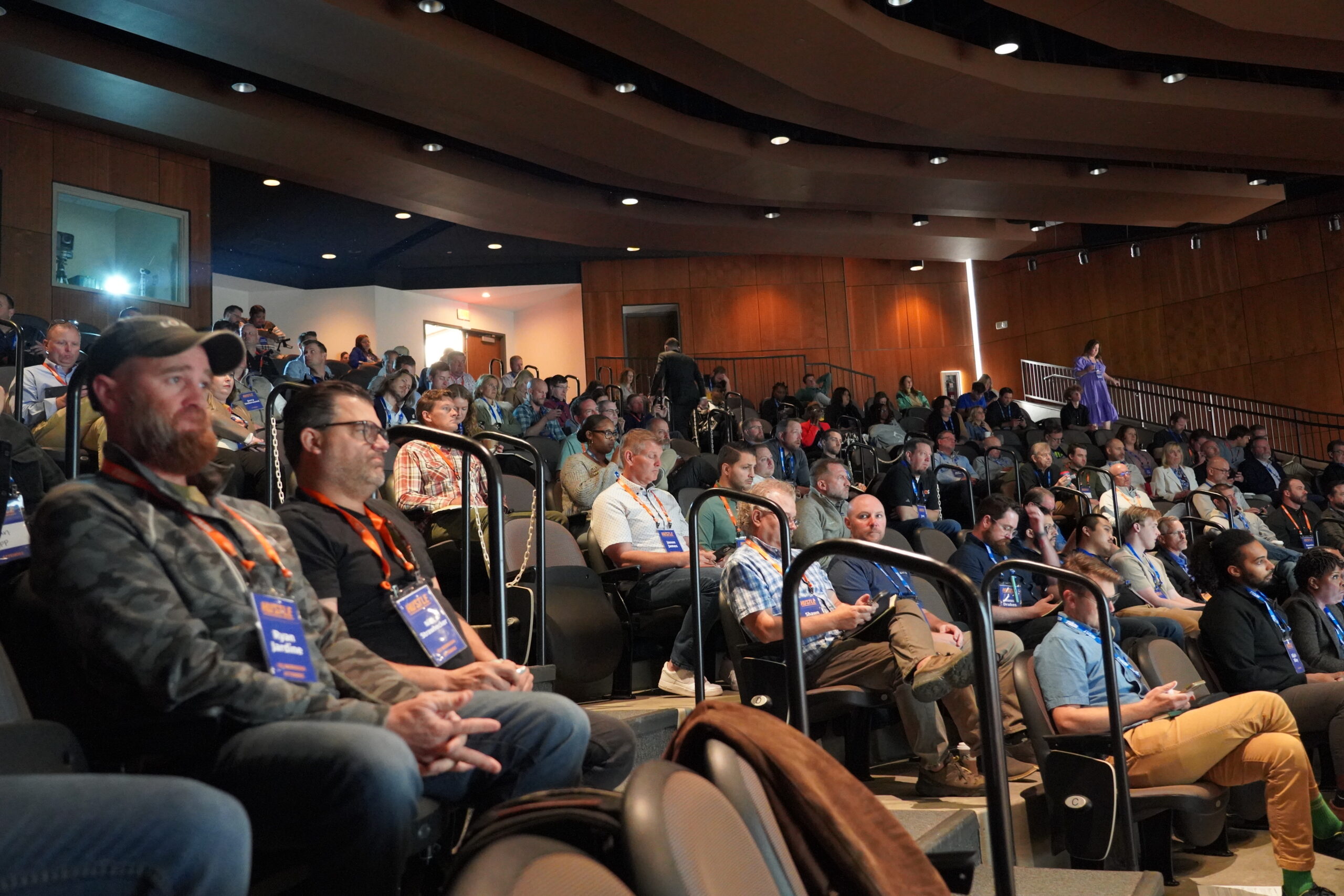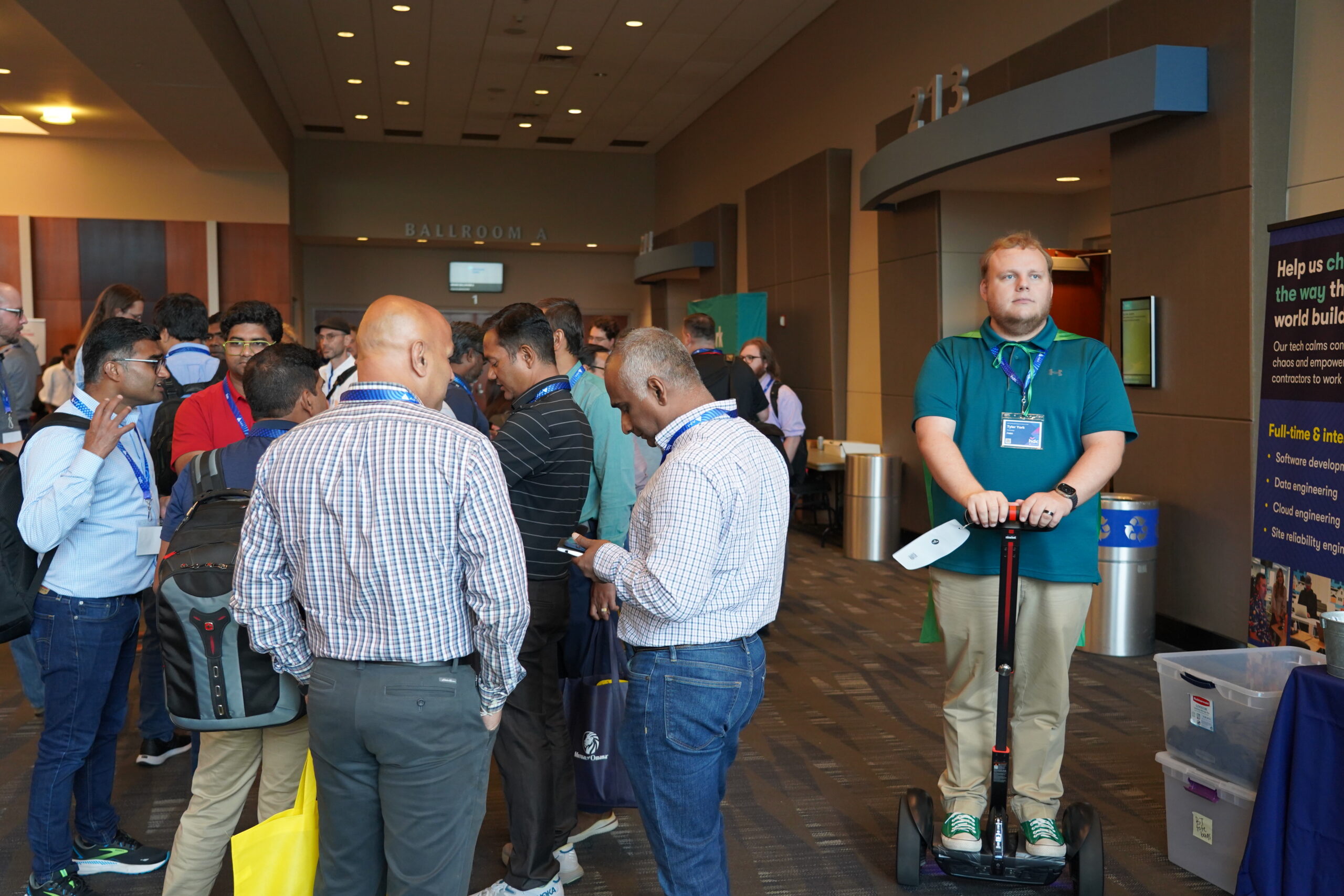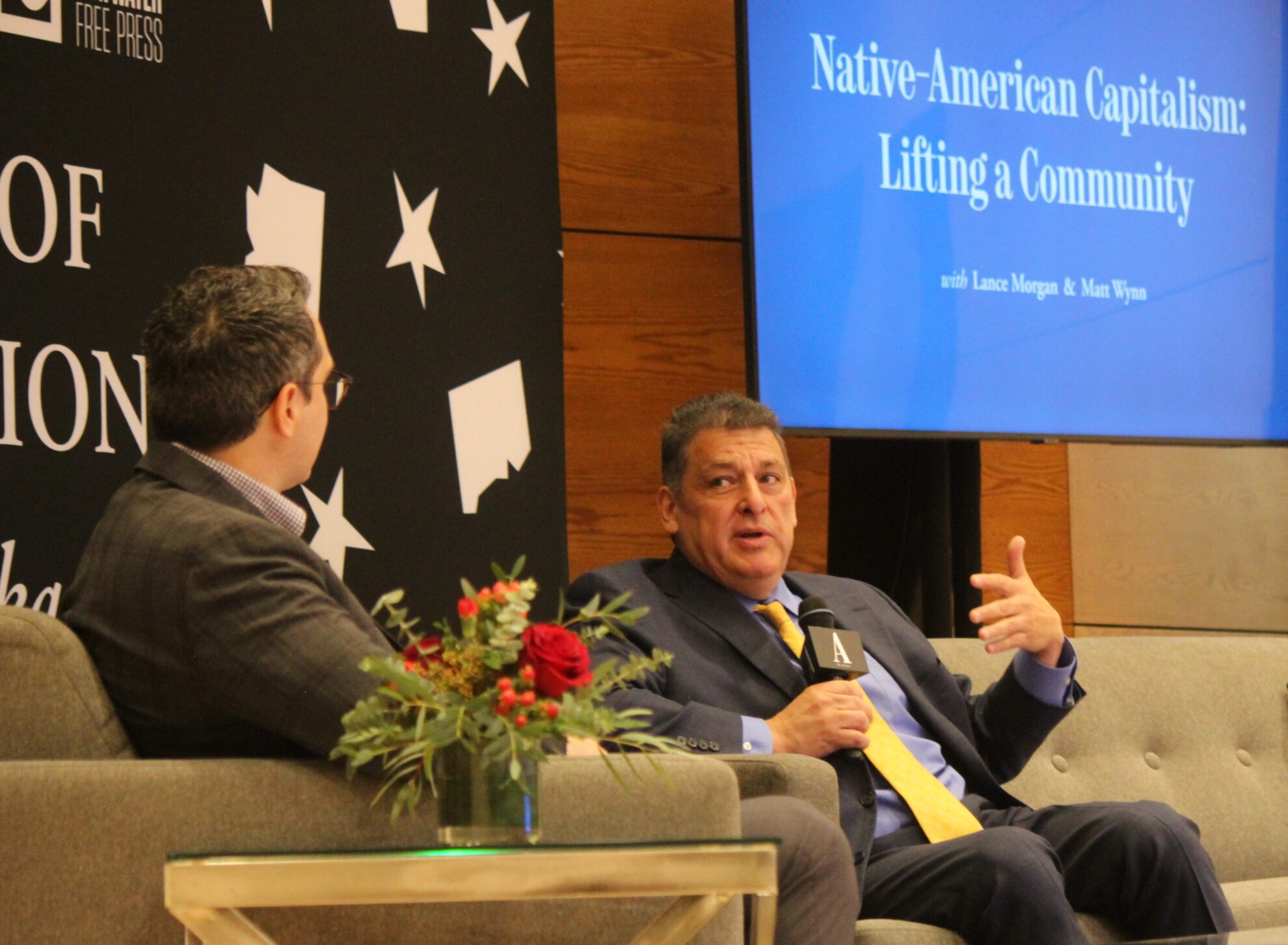The Center for Rural Affairs and Heartland Regional Food Business Center released an updated Nebraska Farm and Food Economy report earlier this spring that analyzes the modern agricultural economy in Nebraska, including consumer trends and land usage. Stakeholders behind the study hope to encourage conversations on how to improve local food systems across the state by identifying strengths and concerns throughout the food supply network.
Topics covered include:
- Decreasing available farmland
- Increasing populations
- Increasing production expenses in agriculture
- Consumer trends of spending billions of dollars out of state
- Food security concerns following the COVID-19 pandemic
According to the Center for Rural Affairs, a nonprofit organization focused on rural community advocacy, this report is a followup from an earlier report commissioned in 2010 by No More Empty Pots. An Omaha-based nonprofit, No More Empty Pots seeks to tackle food insecurity and entrepreneurial accessibility in the Omaha metro area.
Kjersten Hyberger of the Center for Rural Affairs said initial gap analysis and asset mapping by the Heartland Regional Food Business Center created an interest for a more up-to-date data resource on Nebraska than the 2010 report. The center looks to support and grow farm and food enterprises within its target region that includes Nebraska. It is currently experiencing funding cuts to its operations following the USDA’s recently announced termination of the Regional Food Business Centers program.
The data in the updated Nebraska Farm and Food Economy report comes from the U.S. Census of Agriculture, USDA Economic Research Services, Bureau for Economic Analysis and additional sources of publicly available information.
Ken Meter, president of the Minnesota-based nonprofit Crossroads Resource Center, wrote both the updated study and the earlier 2010 report. A food systems analyst with over 50 years of experience, Meter spoke this week about his findings during a presentation hosted by No More Empty Pots.
“We need food systems to build health, wealth, connection and capacity in our communities,” Meter said. “If we’re not building that at the community level, we’re often building an infrastructure that looks good but doesn’t really solve our problems or meet our needs.”
Due to recent policy changes and budget constraints on data collection by the federal government and agencies such as the U.S. Bureau of Economic Analysis, Meter said the likelihood of continuing to produce similarly updated reporting in the future would not be possible without the reconsideration of lawmakers.
“I recognize that all of these data (sets) are expensive to compile,” Meter said in an email to SPN. “Lacking trusted federal data, it is difficult if not impossible to understand local conditions.”
Report findings
According to the updated Farm and Food Economy report, Nebraska ranked as the fourth-largest farm state in the U.S. due to its agricultural sales. From 1989 to 2022, Nebraska farmers raised an average net cash income of $2.3 billion each year from selling food commodities, or about $45,329 per farm. During that same period, Nebraska had an average of 50,740 farms.
With this in mind, Meter posed the following question: “Why is a farm state having so much need for people to have access to food?”
Key data points:
- Farmland is declining as the population continues to rise. According to the report, Nebraska’s population has increased more than 34% from 1969. In comparison, about 2,000 farms and 1 million acres of farmland have gone away in the years 2017 through 2022.
- Before the COVID-19 pandemic, the percentage of households experiencing food insecurity was on the decline from 2010 to 2019. During and immediately after the pandemic, food insecurity increased to 1 out of every 8 Nebraska households.
- Costs of production are on the rise, lowering the impact of increased cash receipts from sales. For example, while Nebraska farmers may have earned an aggregate total of $770 billion by selling crops and livestock from 1989 to 2022, they also experienced a price tag of $690 billion to produce their goods.
- “Nebraska consumers spend at least $6.4 billion per year buying food sourced outside the state,” according to the study. This conclusion comes as the report highlights that 2.5% of Nebraska farms in 2022 sold directly to household consumers products worth a total of $16.6 million — in comparison to $9 million in 2017.
Considerations for the future
Meter said establishing a strong “community food web” among all players in a supply network — such as farmers, consumers, lawmakers, researchers and business owners — is key to navigating economic and social concerns in a region.
A lack of connections leads to a lack of awareness, which in turn leads to a continued escalation of problems and unnecessary competition within a network. For example, a policy meant to address food insecurity is ineffective if no one knows about it or if residents “(don’t) have the social reason to do it,” Meter said.
Forming a sense of community and belonging, Meter said, encourages community members to consider, take on and actively pursue practices that support each other.
Meter said tech innovations were “part of the answer” for how technology and entrepreneurship can factor into the equation, but the effort couldn’t succeed without cultural considerations. When introducing a new technology, he said, entrepreneurs should acknowledge whether consumers have a say in the adoption process.
Meter noted that when Amish farmers determine whether a tool is useful, they ask, “Can we drive this tool, or does it drive us?”
The Center for Rural Affairs provides specific reports from Meter’s findings focused on the individual regional economies within Nebraska. These include:
- Nebraska Panhandle
- Northeast Nebraska
- Mid-Plains Nebraska
- Southeast Nebraska
- Central Nebraska
- Omaha Metro
- Lincoln Metro
Hyberger of the Center for Rural Affairs said upcoming related events and additional regional data analyses from the study — such as those on local indigenous communities in Nebraska — will be shared on the nonprofit’s website.





Leave a Reply